Have you ever wondered what life was like before fancy packaged salt arrived in our kitchens? Before industries took over, people had their own ways of extracting salt – pure, unprocessed, and rich in minerals. Hidden deep in the mountains of India lies Nighal Village, a place where salt isn’t just an ingredient; it’s a tradition, a legacy, and a way of life.
I had heard whispers about this mystical salt village, a place where people still harvest salt using ancient methods passed down for generations. My curiosity got the best of me, and I set out on a journey to witness this centuries-old practice with my own eyes. And trust me, what I found was nothing short of fascinating!
So, let’s take a journey to Nighal Village – where salt is not just salt, but a story of survival, tradition, and resilience.
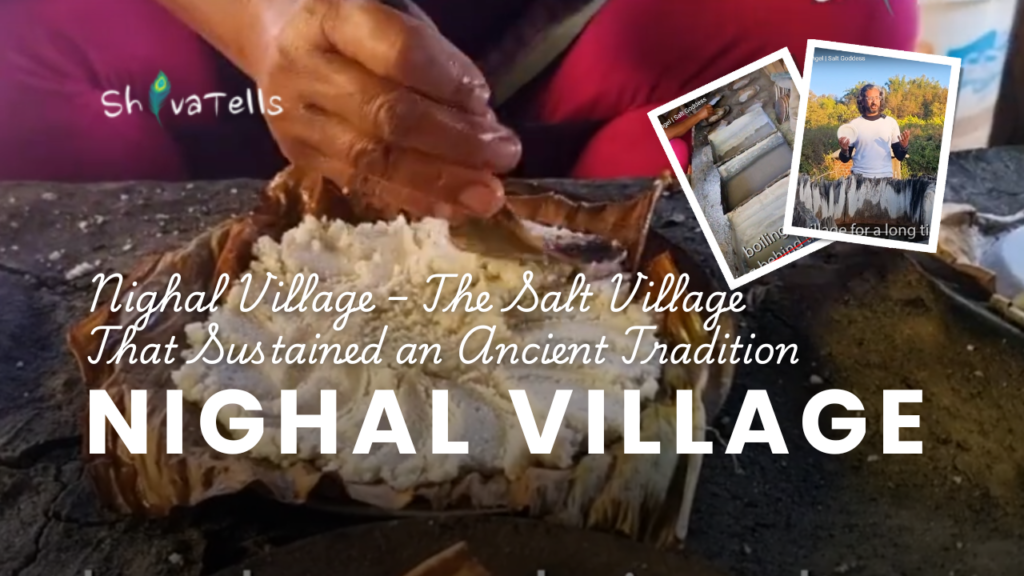
Table of Contents
Reaching the Salt Village – A Journey into the Past
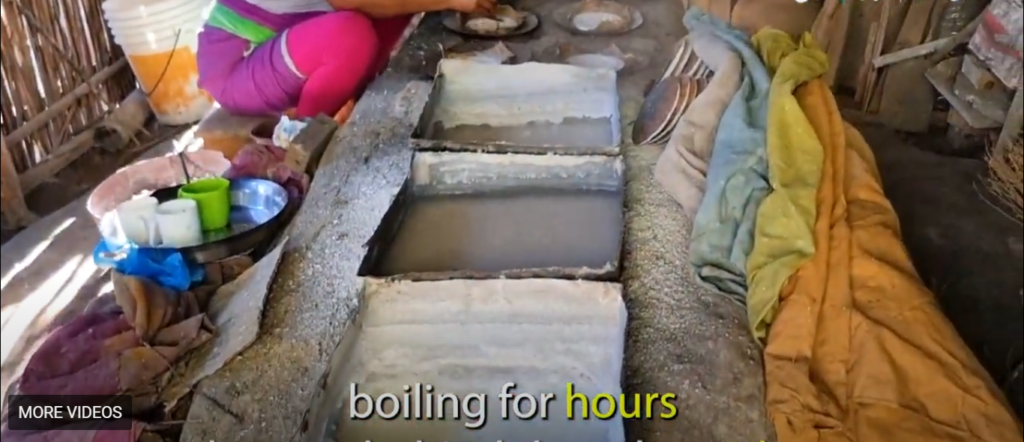
Getting to Nighal Village wasn’t easy. It’s one of those hidden gems that only a few travelers dare to explore. The road was rough, the air was crisp, and the surrounding landscape was breathtaking. As I made my way through the winding trails, I couldn’t help but wonder – how did this small village manage to preserve such an ancient craft in today’s fast-moving world?
The closer I got, the more the scenery changed. Small mud houses, traditional granaries, and smiling faces greeted me. It felt like I had stepped back in time – no pollution, no noise, just the simple, beautiful life of the villagers.
And then, I saw it – the salt pits.
The Ancient Salt-Making Tradition of Nighal
Unlike the fancy white salt we buy from supermarkets, the salt of Nighal Village is different – pure, natural, and full of minerals. The villagers extract salt from underground springs, a technique their ancestors mastered hundreds of years ago.
Here’s how they do it:
- Saltwater Extraction – The villagers collect salty water from deep underground, which naturally rises to the surface through small wells.
- Evaporation Process – The water is then poured into large clay pans and left under the sun. Over time, as the water evaporates, it leaves behind beautiful, crystal-like salt formations.
- Collection & Drying – Once the salt is ready, it is carefully collected, dried, and stored for use. No chemicals, no artificial processing – just pure, traditional salt.
Watching the process was mesmerizing. The patience, the dedication, and the skill involved in this craft left me in awe. This wasn’t just salt-making; it was an art, a science, and a cultural treasure.
Why is Nighal’s Salt So Special?
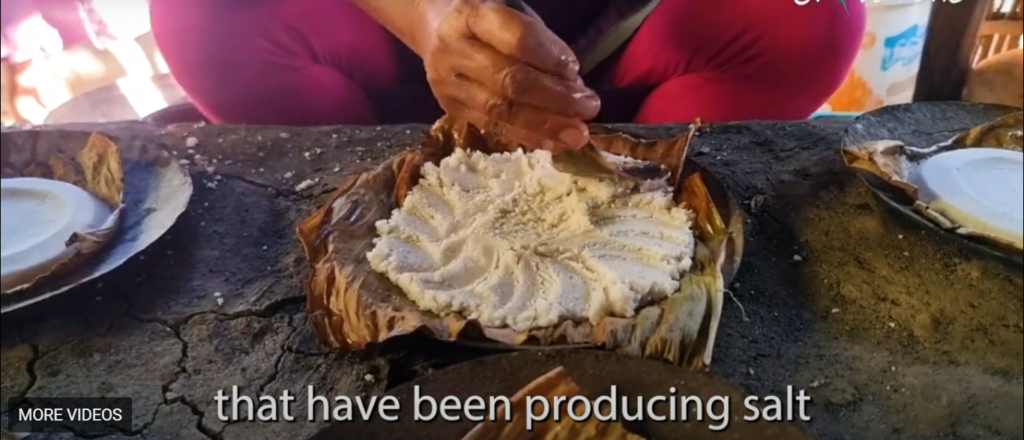
While most of us take salt for granted, the people of Nighal treat it as a sacred gift from nature. Here’s why their salt is unique:
- Pure & Unprocessed – Unlike refined table salt, this salt is naturally harvested and sun-dried, making it rich in essential minerals.
- Chemical-Free – No artificial additives, no bleaching, no anti-caking agents – just pure Himalayan salt.
- Packed with Minerals – Traditional salt contains essential minerals like magnesium, potassium, and calcium, making it far healthier than commercial alternatives.
I tasted a pinch of it, and wow – it had a depth of flavor that no store-bought salt can match! No wonder people from nearby regions come here just to get their hands on this natural treasure.
The People Behind the Tradition
What truly moved me were the people of Nighal Village – warm, welcoming, and deeply connected to their roots. Despite modernization creeping in, they have held onto their age-old traditions with pride. I spoke to an elderly villager, Dhaniram Ji, who has been harvesting salt for over 50 years. He smiled as he shared stories of how his grandfather taught him this craft.
“Earlier, people from faraway places would walk for days just to get our salt. It was like gold for them,” he said with pride. “Now, fewer people know about us, but we continue because this is who we are.”
His words made me think – how many such beautiful traditions have we lost in the race for modern convenience?
Why You Must Visit Nighal Village?
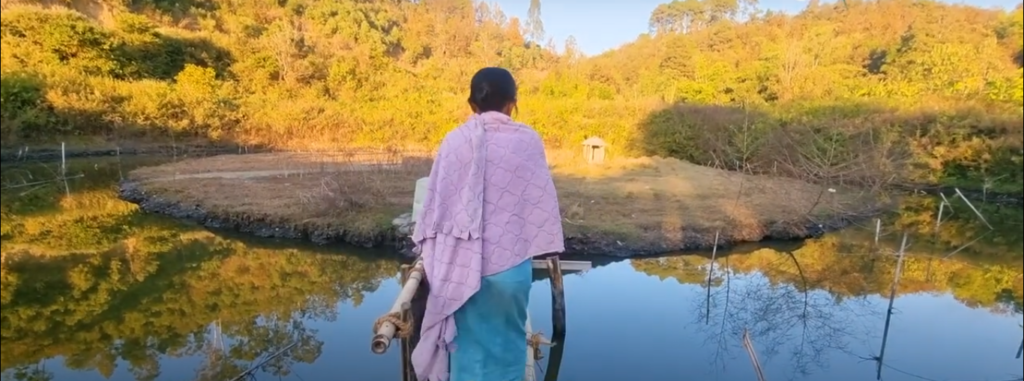
If you love offbeat travel and cultural experiences, Nighal Village is a must-visit. Here’s why:
1. Experience Living History
This is one of the few places in India where traditional salt-making is still alive. A visit here feels like stepping into a living museum of ancient practices.
2. Connect with Nature
The village is surrounded by untouched beauty – lush green fields, clean air, and a peaceful atmosphere. A perfect escape from city life!
3. Meet the Guardians of Tradition
The villagers are more than happy to share their stories, let you watch the salt-making process, and even let you take some home!
4. Taste the Purest Salt
Trust me, once you taste Nighal’s salt, you won’t want to go back to regular table salt. It’s that good!
How to Reach Nighal Village?
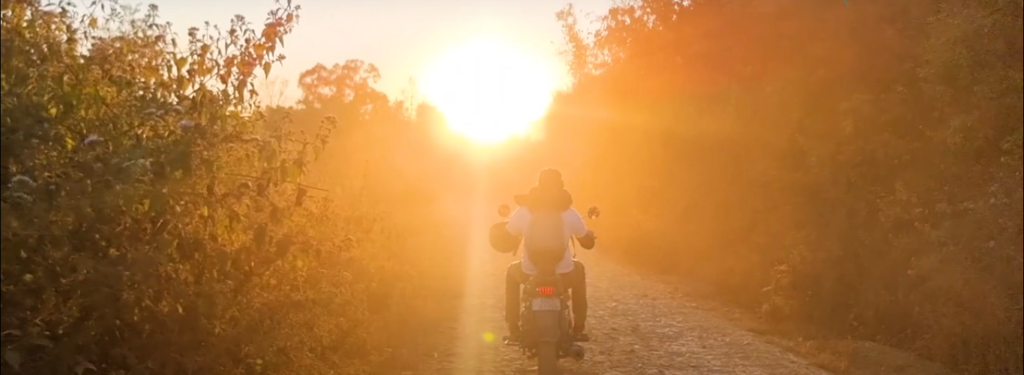
Getting here takes some effort, but the journey is worth it.
- By Air: The nearest airport is (Nearest Major Airport, e.g., Dehradun, Guwahati, etc.). From there, you’ll need to take a taxi or a local bus to reach the village.
- By Train: The closest railway station is (Nearest Railway Station). From there, hire a cab or take a shared jeep.
- By Road: You can drive or take a local bus to the nearest town and then hike or take a local vehicle to reach the village. Be prepared for bumpy roads, but the view is totally worth it!
Best Time to Visit
The best time to visit is between October and March. The weather is pleasant, and you can witness the salt-making process in full swing. Avoid the monsoon season, as the roads can get tricky.
Final Thoughts
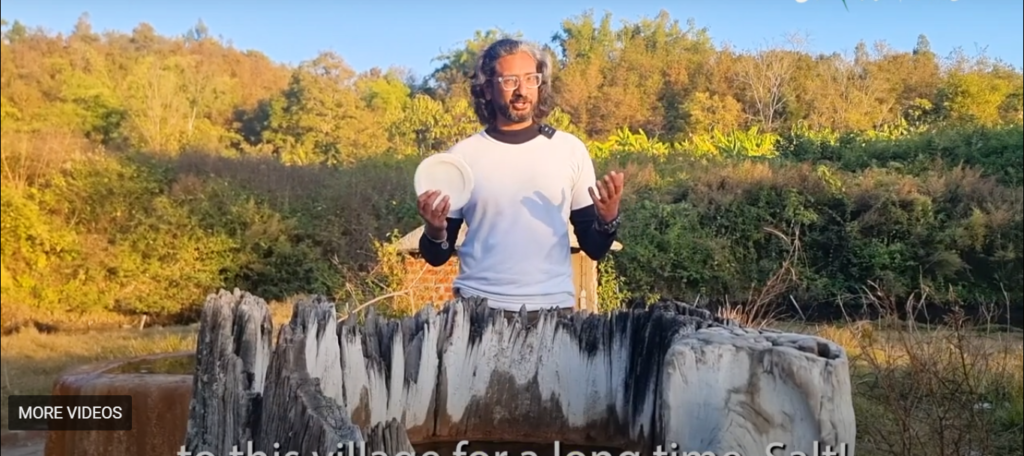
Nighal Village is more than just a salt-making destination – it’s a reminder of our roots, a lesson in sustainability, and a living testament to the wisdom of our ancestors. In a world where traditional knowledge is fading, places like Nighal stand as symbols of resilience and self-sufficiency.
As I left the village with a small pouch of their precious salt, I couldn’t help but feel grateful. Grateful for the experience, for the stories, and for the realization that sometimes, the simplest things hold the deepest meaning.
So, if you ever find yourself craving a real adventure – one that connects you with history, culture, and nature – head to Nighal Village. Trust me, it’s a journey you won’t forget! Would you love to visit a place like this? Let me know in the comments! And don’t forget to follow ShivaTells for more offbeat travel stories!
Read More Stories From Manipur
- Loktak Lake: Shiva Tells’ Unforgettable Adventure in a Floating Paradise!
- Thang-Ta Manipuri Martial Art: A Legacy of Warriors and Dance
- A Journey to the Heart of Meitei Tribe Culture: Andro Village
